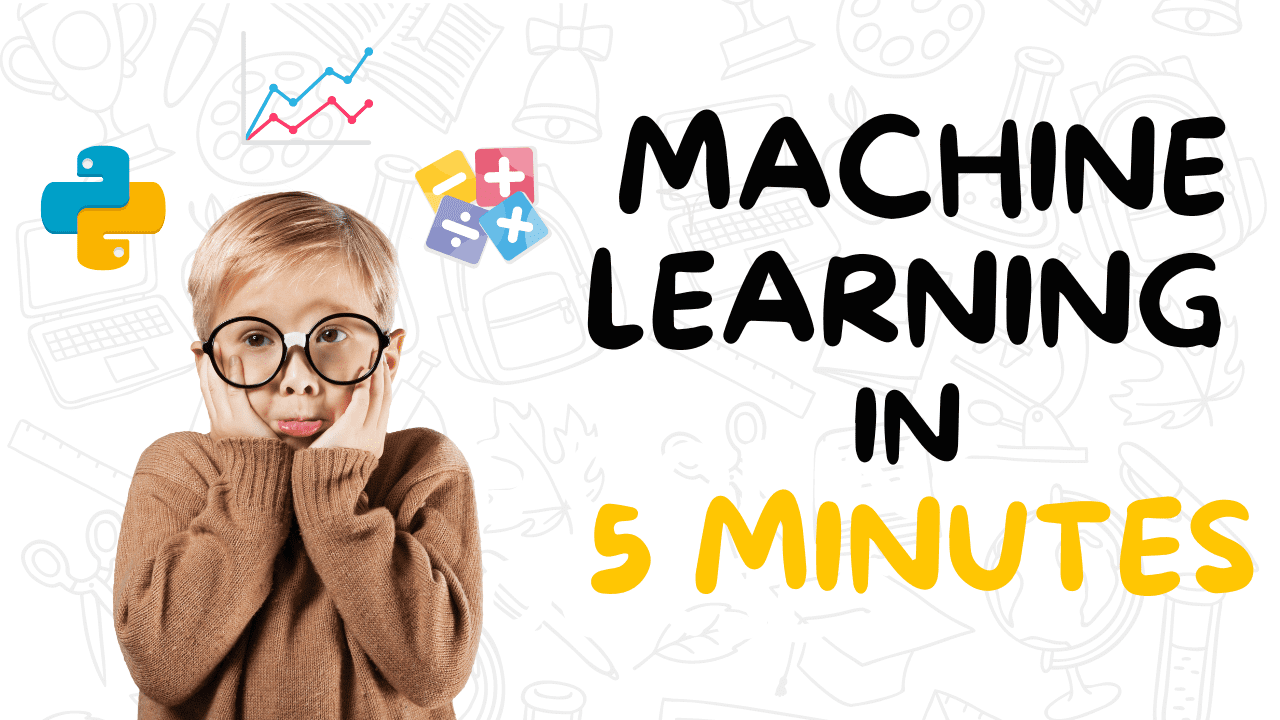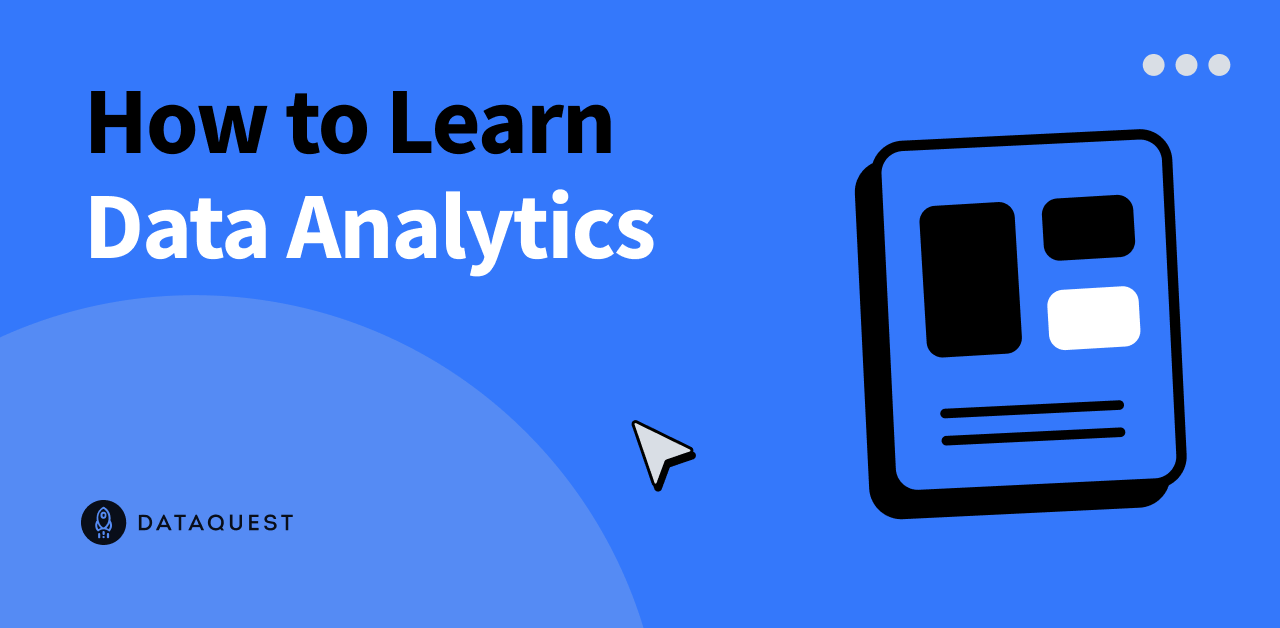Image generated with DALLE 3
Are you interested in becoming a data analyst? If so, it’s important to learn data wrangling with pandas, a powerful data analysis library. Pandas is covered in almost all data science courses and bootcamps, and while it’s easy to learn, mastering its usage and common functions requires practice. This guide breaks down learning pandas into 7 easy steps, starting from the basics and gradually exploring its powerful functionalities. From prerequisites to building a dashboard, this guide provides a comprehensive learning path.
If you’re looking to enter the field of data analytics or data science, you’ll need to acquire some basic programming skills. We recommend starting with Python or R, but this guide focuses on Python. To refresh your Python skills, you can use the following resources:
– Python basics: Familiarize yourself with Python syntax, data types, control structures, built-in data structures, and basic object-oriented programming (OOP) concepts.
– Web scraping fundamentals: Learn the basics of web scraping, including HTML structure, HTTP requests, and parsing HTML content. Familiarize yourself with libraries like BeautifulSoup and requests for web scraping tasks.
– Connecting to databases: Learn how to connect Python to a database system using libraries like SQLAlchemy or psycopg2. Understand how to execute SQL queries from Python and retrieve data from databases. Using Jupyter Notebooks for Python and web scraping exercises can provide an interactive environment for learning and experimenting.
Learning SQL is essential for data analysis, and it also helps in learning pandas. Once you understand the logic behind writing SQL queries, you can easily apply those concepts to perform similar operations on a pandas dataframe. To learn and refresh your SQL skills, you can use the following resources:
By mastering the skills outlined in these steps, you’ll have a solid foundation in Python programming, SQL querying, and web scraping. These skills serve as the building blocks for more advanced data science and analytics techniques.
First, set up your working environment by installing pandas and its required dependencies like NumPy. Follow best practices like using virtual environments to manage project-level installations. Once you’re familiar with the basics of pandas, it’s important to understand the two main data structures: pandas DataFrame and series. To analyze data, you’ll need to load it into a pandas dataframe from various sources such as CSV files, excel spreadsheets, relational databases, and more. Here’s an overview of how to load data from different sources:
– Reading data from CSV files: Use the pd.read_csv() function to read data from CSV files and load it into a DataFrame. Customize the import process by specifying parameters like file path, delimiter, encoding, and more.
– Importing data from Excel files: Explore the pd.read_excel() function to import data from Excel files and store it in a DataFrame. Learn how to handle multiple sheets and customize the import process.
– Loading data from JSON files: Use the pd.read_json() function to import data from JSON files and create a DataFrame. Understand how to handle different JSON formats and nested data.
– Reading data from Parquet files: Understand the pd.read_parquet() function, which allows you to import data from Parquet files, a columnar storage file format. Learn how Parquet files offer advantages for big data processing and analytics.
– Importing data from relational database tables: Learn about the pd.read_sql() function, which allows you to query data from relational databases and load it into a DataFrame. Understand how to establish a connection to a database, execute SQL queries, and fetch data directly into pandas.
Now that you know how to load the dataset into a pandas dataframe, the next step is to learn how to select specific rows and columns, as well as how to filter the data based on specific criteria. These techniques are essential for data manipulation and extracting relevant information from your datasets. Here’s what you should learn:
– Indexing and Slicing DataFrames: Understand how to select rows and columns based on labels or integer positions using methods like .loc[], .iloc[], and boolean indexing.
– Selecting columns by name: Learn how to access and retrieve specific columns using their column names. Practice single column selection and selecting multiple columns at once.
– Filtering DataFrames: Learn how to filter data based on specific conditions using boolean expressions. Combine multiple filters using logical operators like ‘&’ (and), ‘|’ (or), and ‘~’ (not). Use the isin() method to filter data based on whether values are present in a specified list.
By mastering these concepts, you’ll be able to efficiently select and filter data from pandas dataframes, enabling you to extract the most relevant information.
For steps 3 to 6, you can learn and practice using the following resources:
So far, you’ve learned how to load data into pandas dataframes, select columns, and filter dataframes. In this step, you’ll learn how to explore and clean your dataset using pandas. Exploring the data helps you understand its structure, identify potential issues, and gain insights before further analysis. Cleaning the data involves handling missing values, duplicates, and ensuring data consistency. Here’s what you should learn:
– Data inspection: Use methods like head(), tail(), info(), describe(), and the shape attribute to get an overview of your dataset. These provide information about the first/last rows, data types, summary statistics, and the dimensions of the dataframe.
– Handling missing data: Identify missing data using methods like isna() and isnull(), and handle it using dropna(), fillna(), or imputation methods.
– Dealing with duplicates: Detect and remove duplicate rows using methods like duplicated() and drop_duplicates().
– Cleaning string columns: Use the .str accessor and string methods to perform string cleaning tasks like removing whitespaces, extracting and replacing substrings, splitting and joining strings, and more.
– Data type conversion: Convert data types using methods like astype() to ensure accurate representation of data and optimize memory usage.
– Data Exploration and Data Quality Checks: Use visualizations and statistical analysis to gain insights into your data. Create basic plots with pandas and other libraries like Matplotlib or Seaborn to visualize distributions, relationships, and patterns. Perform data quality checks to ensure data integrity.
By exploring and cleaning your dataset, you’ll obtain more accurate and reliable analysis results. Proper data exploration and cleaning are crucial for any data science project as they lay the foundation for successful analysis.
Source link






















